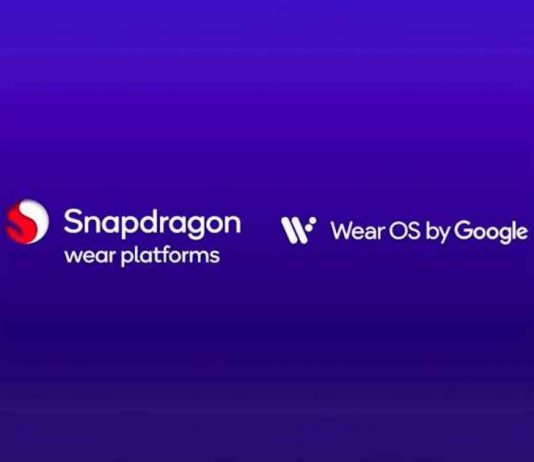Qualcomm has teamed up with Google to launch its first-ever SoC featuring a RISC-V CPU as the main processor for smartwatches. This new chip, tentatively named RISC-V Snapdragon Wear, is designed to power Google’s Wear OS — a derivative of the Android operating system.
The RISC-V architecture, renowned for its open-source nature, offers a compelling alternative to the more costly ARM chips. Manufacturers can now develop their own chip designs without the burden of license fees. Although Qualcomm had previously dabbled in RISC-V CPUs for its Snapdragon smartphone SoCs, those were merely embedded microcontrollers.
With an eye on the burgeoning wearables market, Qualcomm’s latest venture could catalyze the mass adoption of RISC-V CPUs in consumer electronics. For Google, this partnership serves as a crucial testing ground for the large-scale implementation of RISC-V CPUs in its Android ecosystem. The tech giant believes that this “expanded framework will help pave the way for more products within the ecosystem to take advantage of custom CPUs that are low power and high performance.”
While the integration of RISC-V CPUs in Android smartphones hasn’t been explicitly confirmed, it’s a logical next step. Google has already laid the groundwork by incorporating RISC-V support into Android’s source code a year ago and collaborating with the RISC-V Foundation.
The collaboration between Qualcomm and Google is expected to attract more manufacturers to the Wear OS platform. The initiative adds significant weight to the growing interest in RISC-V processors, which have already caught the attention of major tech players like Intel and Apple. With companies like Fossil and Xiaomi having previously incorporated Qualcomm chips into their Wear OS smartwatches, this new development is likely to pique further interest.
This announcement comes in the wake of Qualcomm’s strained relationship with ARM, which culminated in a legal dispute in 2022 over licensing agreements. The new venture could potentially serve as a counter-move against ARM’s market dominance.
While specific details about the new RISC-V based chips remain under wraps, Qualcomm and Google are clearly committed to strengthening the Wear OS ecosystem.


